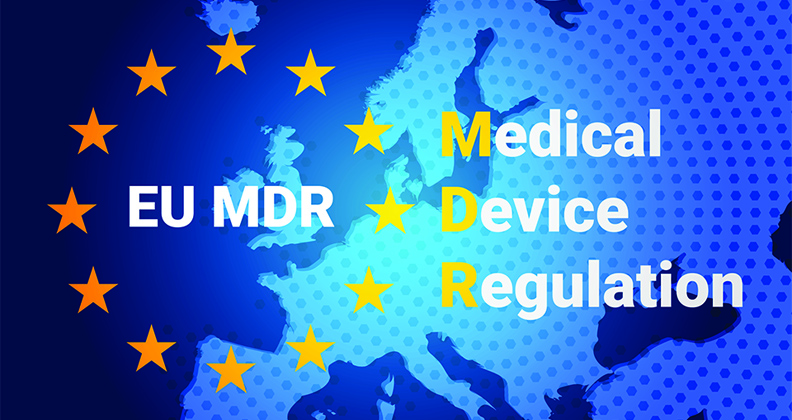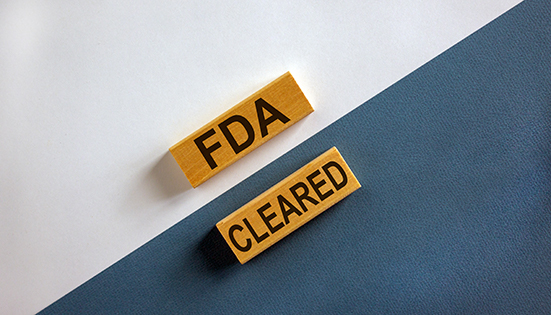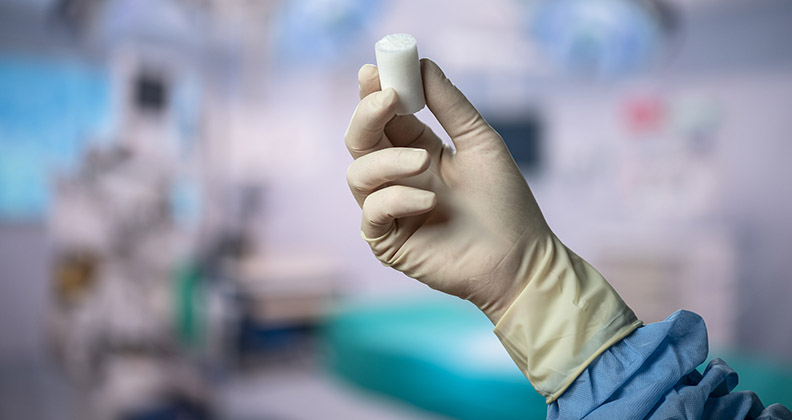
Navigating the complex regulatory procedures under the current EU MDR framework remains a source of consternation for orthopedic manufacturers that are growing tired of the bureaucratic red tape that’s delaying new device commercialization and making some companies wonder whether access to the European market is worth the effort.
In October 2024, the European Parliament responded to the industry-wide angst by passing a resolution that called on the European Commission to streamline MDR regulations, improve the transparency of the process and eliminate unnecessary administrative work for notified bodies and device manufacturers.
Proposed short-term changes are expected to be enacted by the end of March. At the time of publication, no new initiatives were introduced. The European Parliament also proposed comprehensive reforms to MDR that could be introduced in the fourth quarter of this year.
Erik Vollebregt, a life sciences and IP lawyer based in Amsterdam, specializes in EU and legal and regulatory issues relating to medical devices. He contributes to the development of medical technology law in advisory committees that assist the European Commission, giving him invaluable insights into the latest MDR developments.
“The European Commission was already working on a targeted evaluation and strategy to address specific MDR issues with incremental fixes instead of overhauling its fundamental philosophy,” Vollebregt said. “The current situation resembles a chessboard with several pieces in play, and the focus has shifted to anticipating the next moves.”
Immediate Help
The European Parliament’s proposed short-term changes are primarily based on those outlined by the Medical Device Coordination Group (MDCG) in their well-known position paper, which is often referred to as the “19 Points Plan.” The paper’s measures aim at accelerating notified body procedures and improving the overall functionality of the product certification system.
One significant issue is the ongoing “prisoner’s dilemma” between MDCG member states and notified bodies regarding the boundaries of consultancy. “On one hand, notified bodies must remain impartial, with member states ensuring they adhere to this principle,” Vollebregt said. “On the other hand, medical device manufacturers need predictability in the conformity assessment process.”
When a manufacturer seeks a conformity assessment, they need to know whether their clinical strategy is appropriate for the product in question. Vollebregt said notified bodies often refrain from giving such input, citing the need to avoid consultancy.
“That’s unhelpful and inefficient and leads to frustration for medical device manufacturers,” he added.
Notified bodies have taken steps to improve this situation. Their latest code of conduct introduces a structured dialogue, which allows manufacturers to engage with notified bodies to clarify whether their proposed strategy aligns with regulatory expectations.
A proposed measure would give notified bodies the explicit right to share information about the clinical performance expectations of medical devices and represents a step forward in fostering better communication and predictability in the certification process.
“Manufacturers could begin conformity assessments with the right clinical evidence for their device rather than discovering partway through that their evidence is insufficient,” Vollebregt said. “Avoiding such interruptions would save significant time and costs.”
Vollebregt said the European Parliament appears to be pursuing another important short-term initiative. “A key step would involve member states allowing notified bodies to fully consider SAP reports in the CE mark conformity assessment,” Vollebregt said. “It’s an improvement that could streamline processes significantly.”
Big-picture Improvements
The more involved proposed changes to MDR include the centralization of governance in the EU medical device system, according to Vollebregt. “This shift would be significant, as the current decentralized structure often results in a lack of clear ownership of problems, slowing progress and complicating decision-making,” he said.
Another involves eliminating the standard five-year recertification cycle, which Vollebregt called an intriguing idea that could streamline certification processes. He said ongoing discussions center on adopting certain aspects of FDA’s system, such as procedures for orphan and breakthrough devices. Additional plans to amend notified body procedures include fixed timelines and standardized fees to make device certification and market access more predictable.
Vollebregt said a recent report by MedTech Europe highlighted the inefficiencies of the current MDR system by showing that half the time that OEMs spend in conformity assessments is spent waiting for responses from notified bodies.
“The inefficiency stems from the decentralized nature of notified body operations, where delays are often caused by internal teams waiting on responses from each other,” Vollebregt said. “This lack of coordination not only wastes time but also delays the introduction of innovations to the market.”
The combination of short-term fixes and long-term reforms highlights the complexity and urgency of addressing MDR’s challenges while ensuring a balanced and evidence-based approach to regulatory updates, Vollebregt said.
He hopes the EU will once again become a relevant and reliable jurisdiction that facilitates market access.
“We’re increasingly seeing even European companies opting to go to the U.S. market first because FDA has done an excellent job facilitating industry,” he said. “The agency has improved its policies while European regulations have stagnated. The MDR changes that are underway could bring both regions to a more equal footing.”
This article is part of the OSMA Insights series.
DC
Dan Cook is a Senior Editor at ORTHOWORLD. He develops content focused on important industry trends, top thought leaders and innovative technologies.




